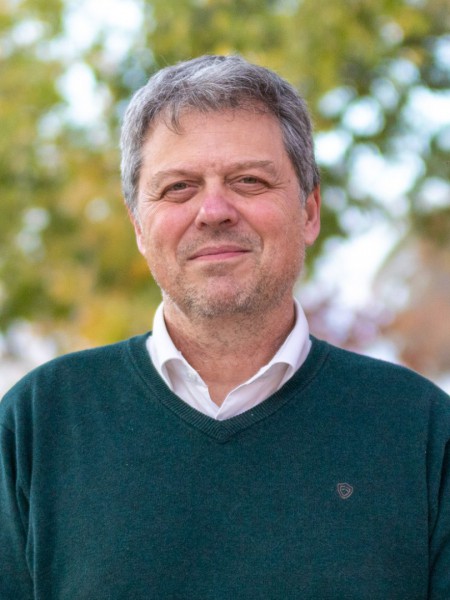abstract
In the pursuit of advancing neural tissue regeneration, biomaterial scaffolds have emerged as promising candidates, offering potential solutions for nerve disruptions. Among these scaffolds, multichannel hydrogels, characterized by meticulously designed micrometer-scale channels, stand out as instrumental tools for guiding axonal growth and facilitating cellular interactions. This study explores the innovative application of human amniotic membranes modified with methacryloyl domains (AMMA) in neural stem cell (NSC) culture. AMMA hydrogels, possessing a tailored softness resembling the physiological environment, are prepared in the format of multichannel scaffolds to simulate native-like microarchitecture of nerve tracts. Preliminary experiments on AMMA hydrogel films showcase their potential for neural applications, demonstrating robust adhesion, proliferation, and differentiation of NSCs without the need for additional coatings. Transitioning into the 3D realm, the multichannel architecture fosters intricate neuronal networks guiding neurite extension longitudinally. Furthermore, the presence of synaptic vesicles within the cellular arrays suggests the establishment of functional synaptic connections, underscoring the physiological relevance of the developed neuronal networks. This work contributes to the ongoing efforts to find ethical, clinically translatable, and functionally relevant approaches for regenerative neuroscience. A new class of multichannel hydrogels made of human amniotic membrane proteins incorporating photoresponsive groups is proposed for neural tissue engineering. These innovative hydrogels promote robust neural stem cell adhesion, proliferation, and differentiation. The 3D architecture comprising longitudinal channels fosters intricate neuronal networks and synaptic connections, presenting a promising, ethical approach for regenerative neuroscience. image
keywords
SPINAL-CORD-INJURY; MECHANICAL-PROPERTIES; IN-VITRO; REGENERATION; CELLS; AXONS
subject category
Engineering; Science & Technology - Other Topics; Materials Science
authors
Sousa, JPM; Deus, IA; Monteiro, CF; Custódio, CA; Gil, J; Papadimitriou, L; Ranella, A; Stratakis, E; Mano, JF; Marques, PAAP
our authors
acknowledgements
This work was supported by the European Union's Horizon 2020 research and innovation programme under grant agreement No 829060 and the Portuguese following funding: UIDB/00481/2020 () and UIDP/ 00481/2020 ()- Fundacao para a Ciencia e a Tecnologia (FCT) and project CARBONCT (2022.03596.PTDC; ). J.P.M.S., C.F.M., I.A.D, and J.G. thank FCT for the Ph.D. grants with the respective identifiers: SFRH/BD/144579/2019, SFRH/BD/144640/2019, 2021.05271.BD and UI/BD/151259/2021. The authors would also like to thank Luciana Rocha for the micro-CT analysis.





